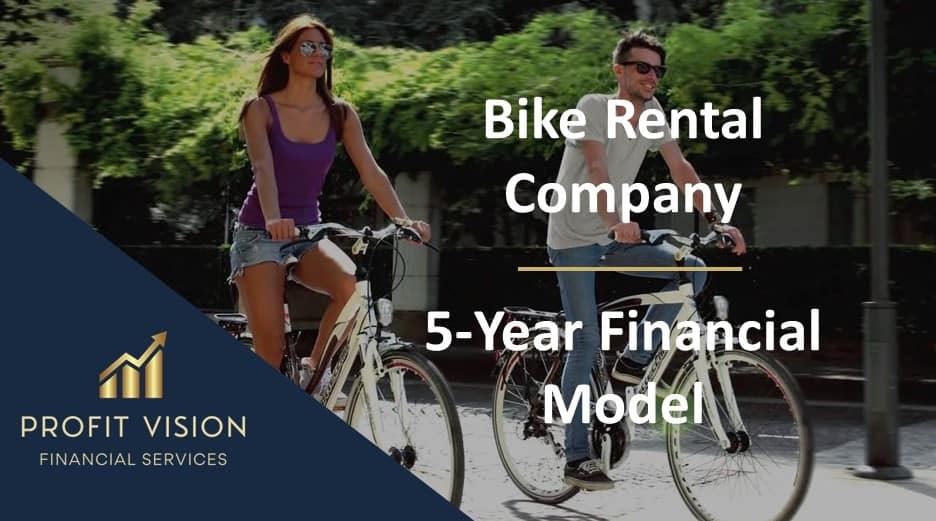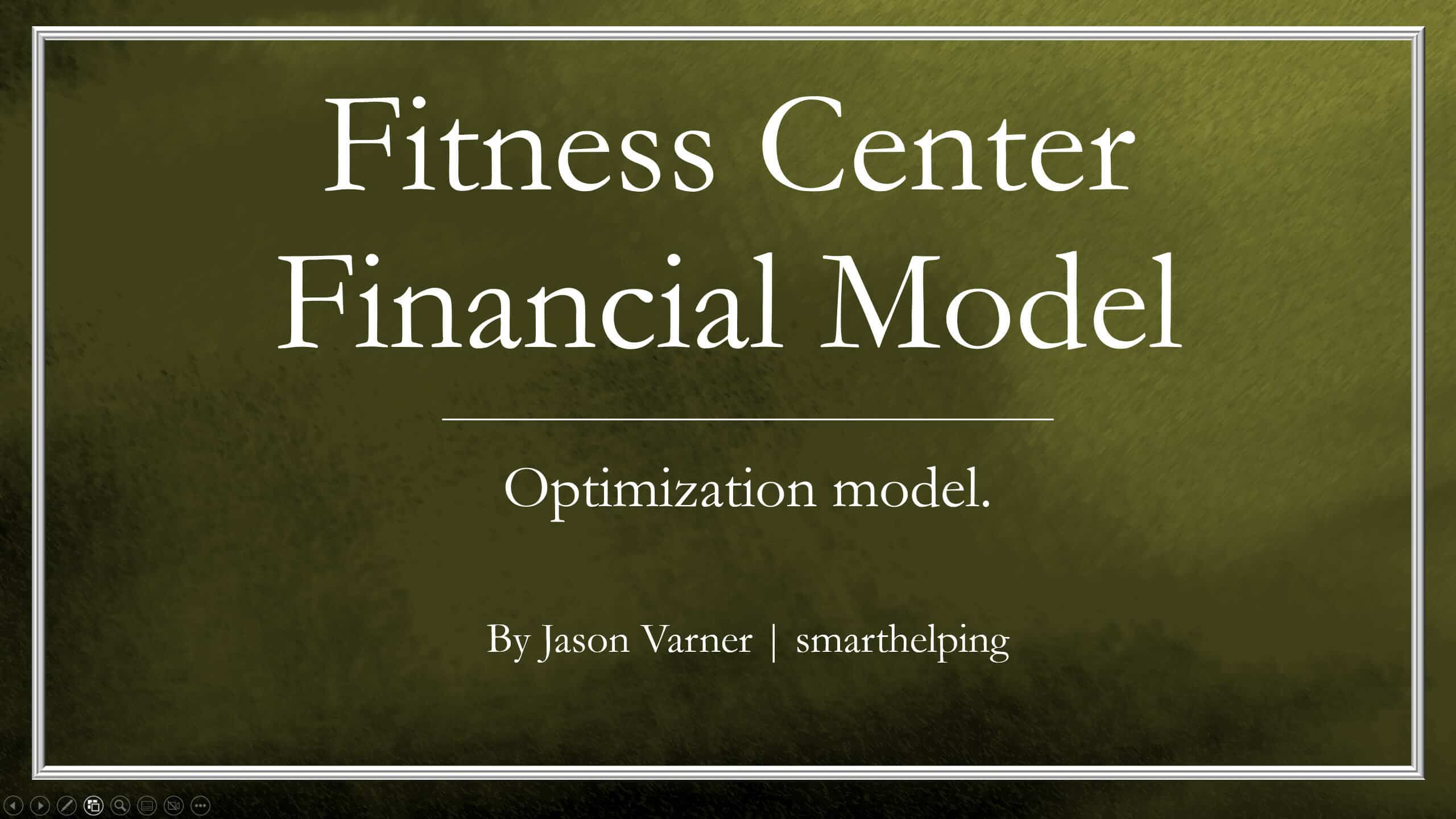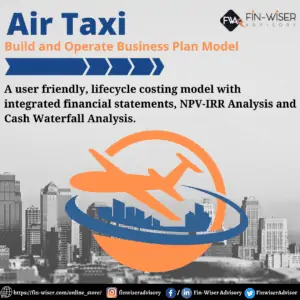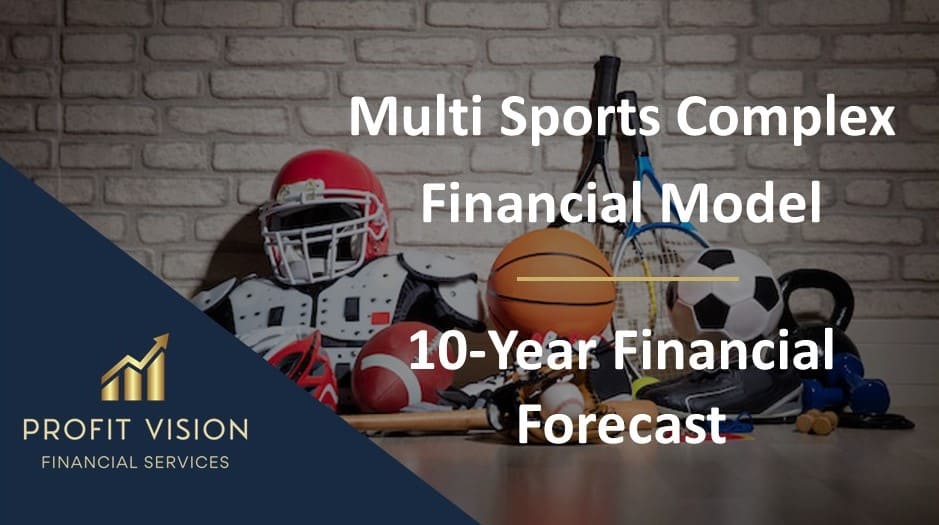Driving Range Startup Model: 10 Year Financial Model
Plan out the assumptions and the resulting financials that show how a driving range can be developed and operated.

Video Tutorial:
One of the more interesting pieces of revenue logic that I stumbled upon came about when building this driving range model. This was in regards to capacity attainment in each of the 12 months of the year and how that changes over time.
Assumptions are configurable in order to account for busier and less busy months in a given year (seasonality). The logic starts with the maximum possible golfers that could buy a bucket of balls in a given day. This is based on the total driving range slots (which can scale over time if needed), the average amount of time it takes a golfer to get through a bucket of balls, and the total hours the driving range is open per day. This results in a maximum potential capacity attained per month and a percentage of that is entered for the actual number of transactions achieved per month.
After these revenue assumptions are input, the next step is variable startup costs. This is not something I have ever done, but in this case, it made a lot of sense to tie relevant startup costs to the number of driving range slots. For example, the number of dividers, mats, tees, etc.. will all be dependent on the number of driving range slots added at startup and over time.
I also left slots to enter one-time startup costs and future Capital Expenditures (like ball dispensers, ball gathering machines, and washers among other things related to a driving range).
For on-going operating costs there are plenty of input rows to account for things like payroll, utilities, property taxes, etc… as well as the start month for each of these.
After all assumption tabs are filled out, the model will auto-populate 10 years of financial performance. The user can view monthly and annual summaries as well as high-level financial line items / EBITDA / Cash flow. There are inputs to account for an exit month prior to the 10 year period ending as well as financing from debt and investors/owners. Based on this, there is a distribution summary showing the split of cash flow to investors/owners if applicable. The resulting IRR, Equity Multiple, DCF Analysis, and ROI will be displayed for each pool.
Similar Products
Other customers were also interested in...
Bike Rental Company – 5 Year Financial Model
Financial Model providing an advanced 5-year financial plan for a startup or operating Bike Rental C... Read more
Fitness Center 10 Year Financial Model
Key logic designed to forecast cash flow up to 10 years for a fitness center that has recurring mont... Read more
Industry Based Financial Models (Variety Bundle)
There are currently 52 unique financial models included in this bundle. Nearly all of that include a... Read more
Golf Course Financial Model – Startup
A 5-year financial model tailored to starting a golf course and projecting financial performance for... Read more
Cycling Studio (or seat-based studio) Fully Integr...
Fully integrated 3-statement model, cap table, and advanced operating / capacity / class growth assu... Read more
Golf Course – Membership Only Model
Create a financial forecast for a members-only golf course. There are industry-specific caveats here... Read more
Sports Financial Model Bundle
A collection of financial model templates for Fitness and Sports Industry and its related sectors, s... Read more
Air Taxi – Build and Operate Business Plan Model...
The flying taxi market is ready for takeoff, changing the travel experience forever. Fin-wiser’s A... Read more
Urban Micro-Mobility Services Financial Model (10+...
The Urban Micro-Mobility Services Financial Model with DCF (Discounted Cash Flow) and Valuation is a... Read more
Multi Sports Complex Financial Model – Dynam...
Financial Model presenting a development and operating scenario of an Indoor Multi-Sports & Fitn... Read more
Reviews
Excellent !!! , finally got to this point after research and hand calculations and was ready to start entering on excel. Job well done!!! Your assumptions are very close.
14 of 27 people found this review helpful.
Help other customers find the most helpful reviews
Did you find this review helpful?
You must log in to submit a review.





















